Soybean Insects
Recommended Content
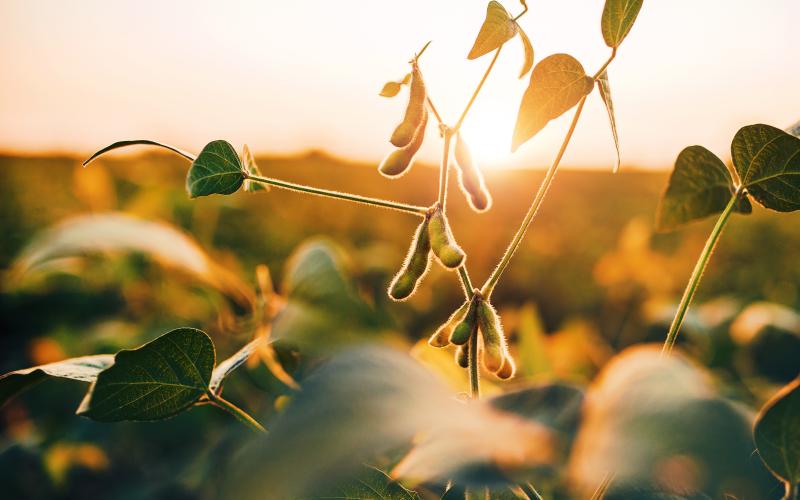
Best Management Practices for Soybean Production
This is your unbiased, research-based guide to soybean production to help increase yield, reduce input costs and protect your investment.
All Soybean Insects Content
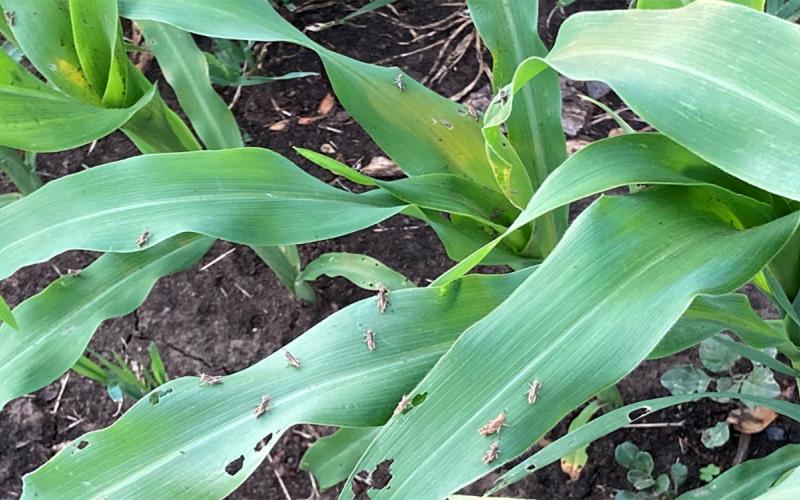
Monitor Crops for Grasshopper Activity
Abundant precipitation throughout much of South Dakota has resulted in less grasshopper observations. However, in areas where grasshoppers were an issue in 2023, they are starting to show up again.
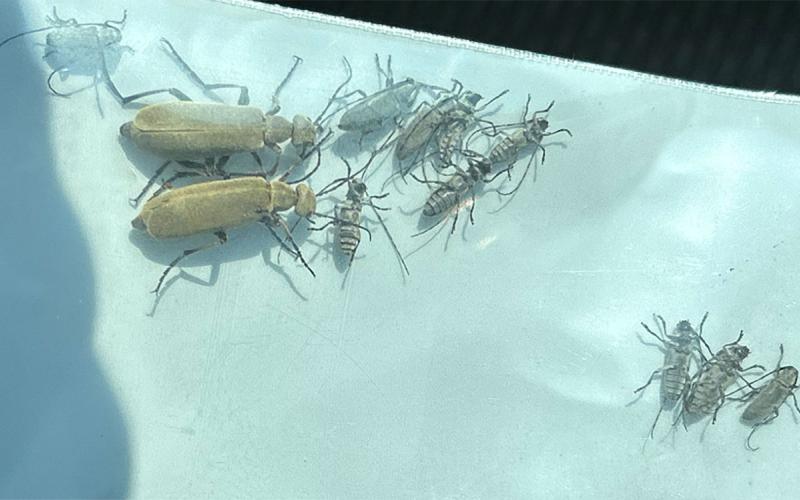
Dectes Stem Borer Adults Are Active in Soybean
SDSU Extension is again surveying soybean in South Dakota for Dectes stem borer adults. After a slow start this growing season, large populations of beetles were observed in soybeans last week.

SDSU Extension hosting Integrated Pest Management Field School
July 08, 2024
South Dakota State University Extension will host an Integrated Pest Management Field School on July 23, 2024, by Volga.
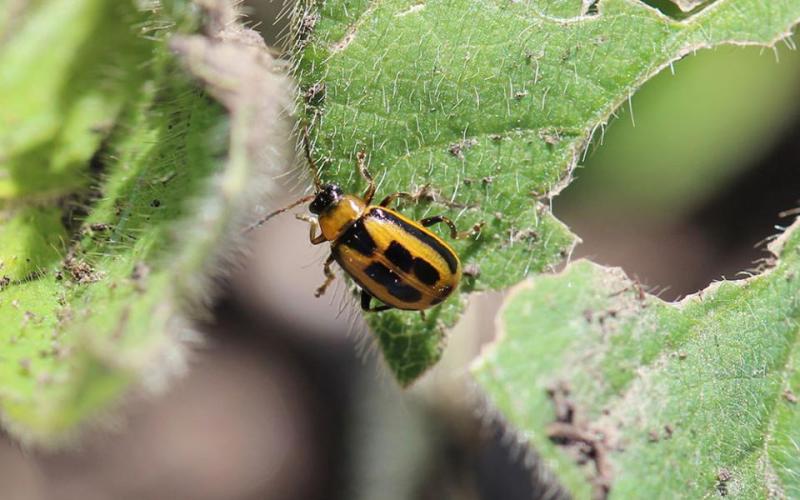
Bean Leaf Beetles Are Active in South Dakota
It’s important to remember early season scouting for bean leaf beetle defoliation. At this time, overwintering bean leaf beetles reach the adult life stage, and they emerge in with an appetite.
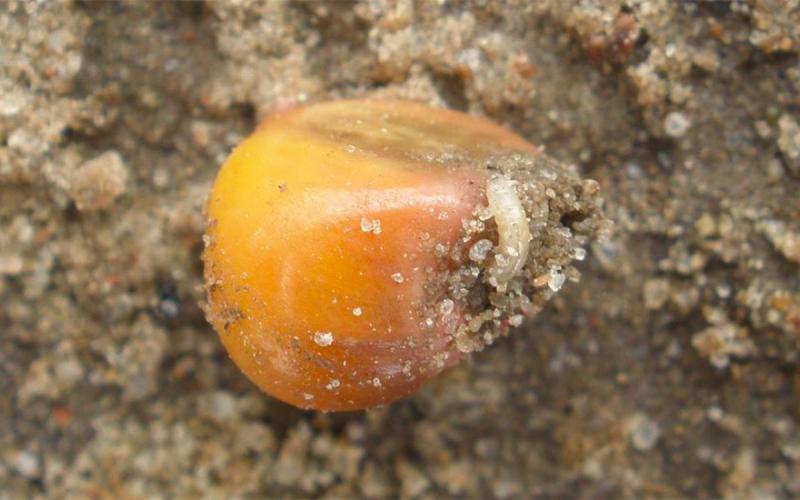
Seedcorn Maggot Degree Day Activity Estimates: June 5, 2024
Peak emergence of the second generation of seedcorn maggots is occurring in a few areas of the state. The rest of the state is between the second and third generation emergences.
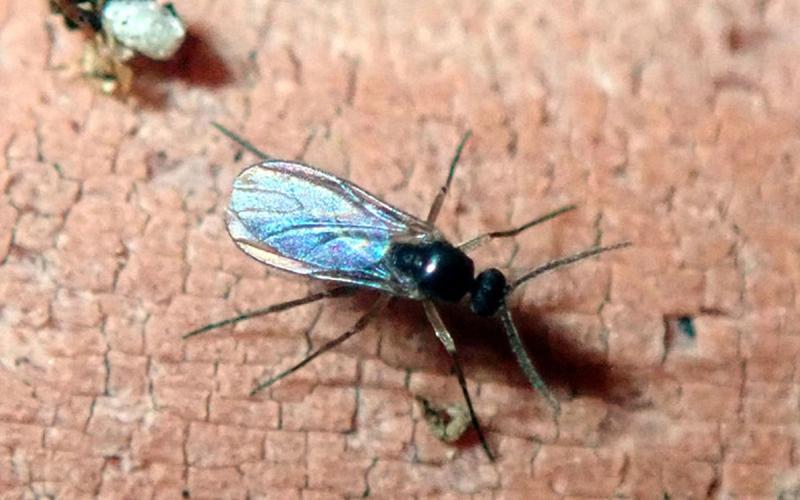
Wet Conditions Make Crop Fields Suitable for Fungus Gnats
An insect that we don’t normally receive reports about in crop fields are fungus gnats. However, the wet, cool spring here in South Dakota has led to favorable conditions in crop fields.
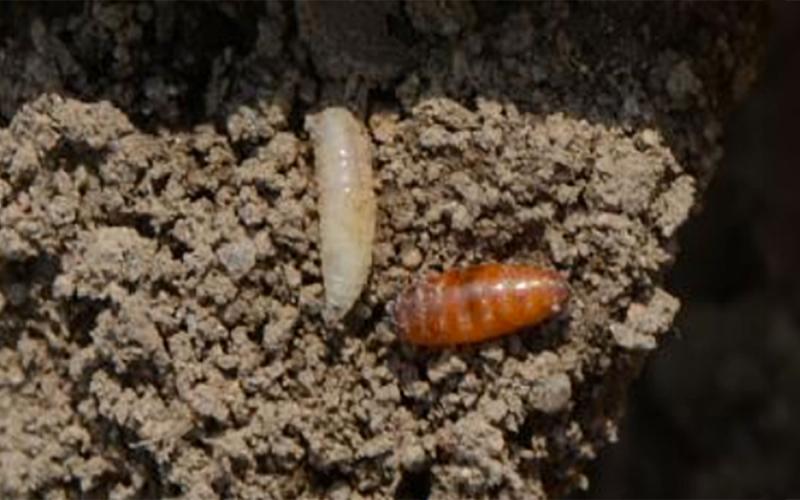
Monitor for Seedcorn Maggots in Wet Planted Fields
Current spring conditions, including wet soil and cool temperatures, could result in seedcorn maggot issues in South Dakota.

Seedcorn Maggot Degree Day Activity Estimates: May 29, 2024
Many of the northern counties are approaching enough degree days for a peak second-generation seedcorn maggot emergence to occur.
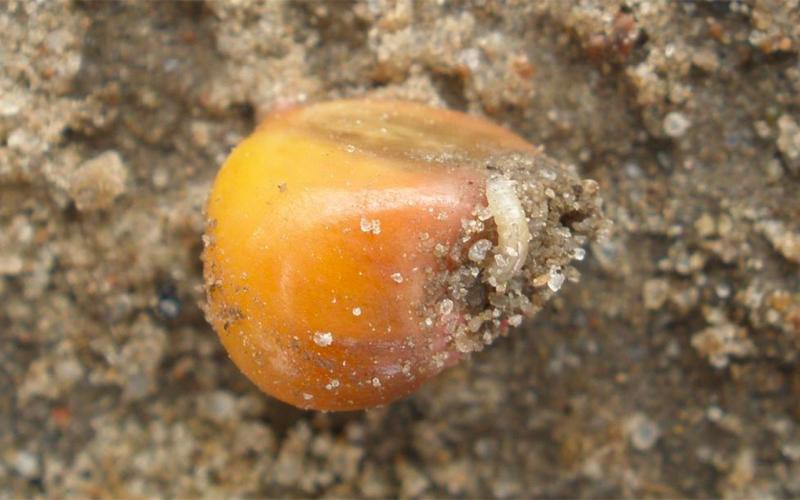
Seedcorn Maggot Degree Day Activity Estimates: May 24, 2024
Parts of South Dakota are currently at, slightly below, or over the 1,080 degree days for the peak second generation emergence of seedcorn maggots.

Seedcorn Maggot Degree Day Activity Estimates: May 16, 2024
Based on accumulated degree days, areas in southern South Dakota are approaching the peak emergence period for the second generation of seed corn maggots.